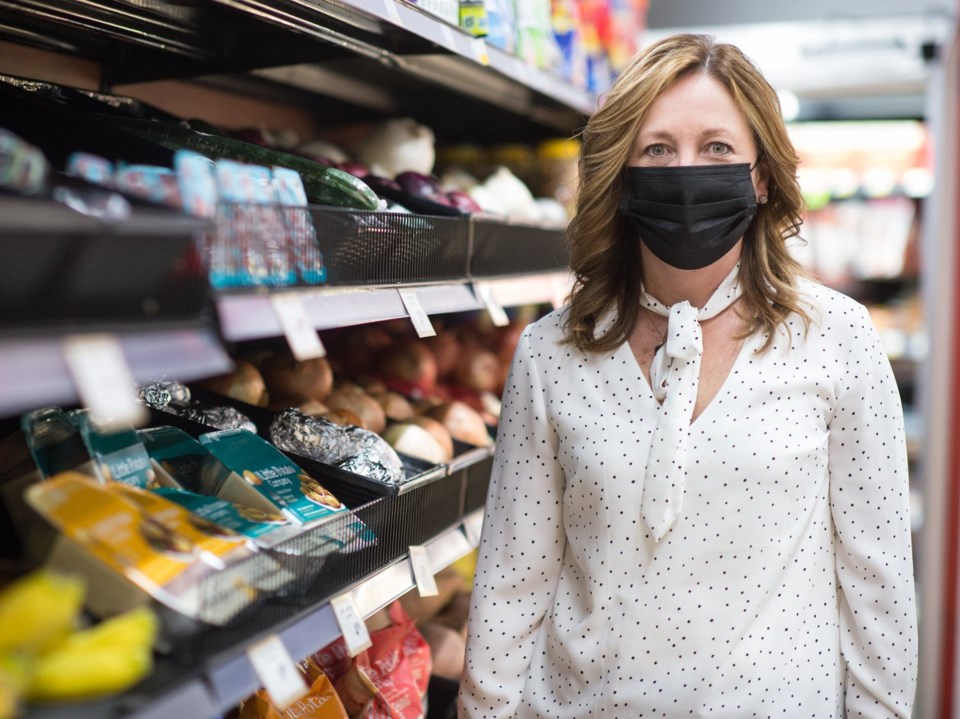While Canadian retailers took it on the chin in 2020 from the COVID-19 pandemic, some grocers in small-town Saskatchewan seem to have bucked the economic trend.
Managers in Davidson, Lumsden and Maple Creek say restrictions from the pandemic nudged people in their communities to stay close to home and shop local a bit more, likely forgoing trips to Costco or Superstore in the city.
“I don't have anything to complain about; I don't have time to sit around and twiddle my thumbs,” said butcher John Sperling in Davidson, about 100 kilometres south of Saskatoon.
He has owned JMR Meats since 1983, moving the business from Craik to Davidson in 1999.
“Probably May and June were the busiest months of my life I ever had being in the retail business,” he said.
Normally Sperling earns most of JMR’s income from custom work, what he called “on-farm slaughter” ordered by specific livestock producers. “Cattle, pork, bison,” he used as examples.
The retail side of his business usually makes up just a small portion.
But retail surges in May and June were “a shot in the arm,” he said, recalling the fall period into December was somewhat busier than normal, too.
But he predicts the short-term jump, retail-wise, won’t last long after the pandemic is over.
As the province’s COVID-19 infections slowly decline (excluding Regina), he’s starting to see people in the Davidson area opting again for Saskatoon shopping.
Lumsden is just 20 minutes north of Regina and to the city’s north-end Superstore. Yet Lumsden Supermarket owner Angelique Haysom said she too has been consistently busy over the last 12 months, since the pandemic started in mid-March last year.
“Our customers are becoming more loyal. Instead of doing shopping trips in the city, now they're becoming regular [shoppers] here,” she said.
Haysom has owned the grocery store for the last 13 years.
“People used to come and buy their supper everyday and then on the weekends come and buy their supplies. Now what they're doing is reducing the amount of visits … they come get a large amount of supplies (in one trip).”
Despite the expanded customer base, she said it didn’t cause a sudden windfall of profits.
Among grocers, “every time there’s an increase in sales, you have to increase everything else proportionally,” like staff levels and shifting.
“It’s all about that profit margin that you’re looking for in order to say in business,” Haysom said.
She lamented and acknowledged COVID has hit the restaurant industry hard, explaining it’s probably one factor in increased local demand for groceries.
She hopes Lumsden’s restaurants have the same success her store has.
Further west in Maple Creek, just south of the Trans-Canada highway and 30 minutes from the Alberta border, the local Co-op food store is busier than usual.
Manager Sherry Sustrate said people who “normally head for the Hat [Medicine Hat] are actually staying down here.” The Alberta city has several big-name grocers and retailers.
She noticed over the last 12 months her store saw several new customers who weren’t necessarily from the area; she learned they were staying at nearby Cypress Hills Inter-Provincial Park longer than normal, while using the Co-op for their regular supplies.
“I think the smaller towns are busier than the bigger centres, because of the [COVID-19] cases, right?” she said.




